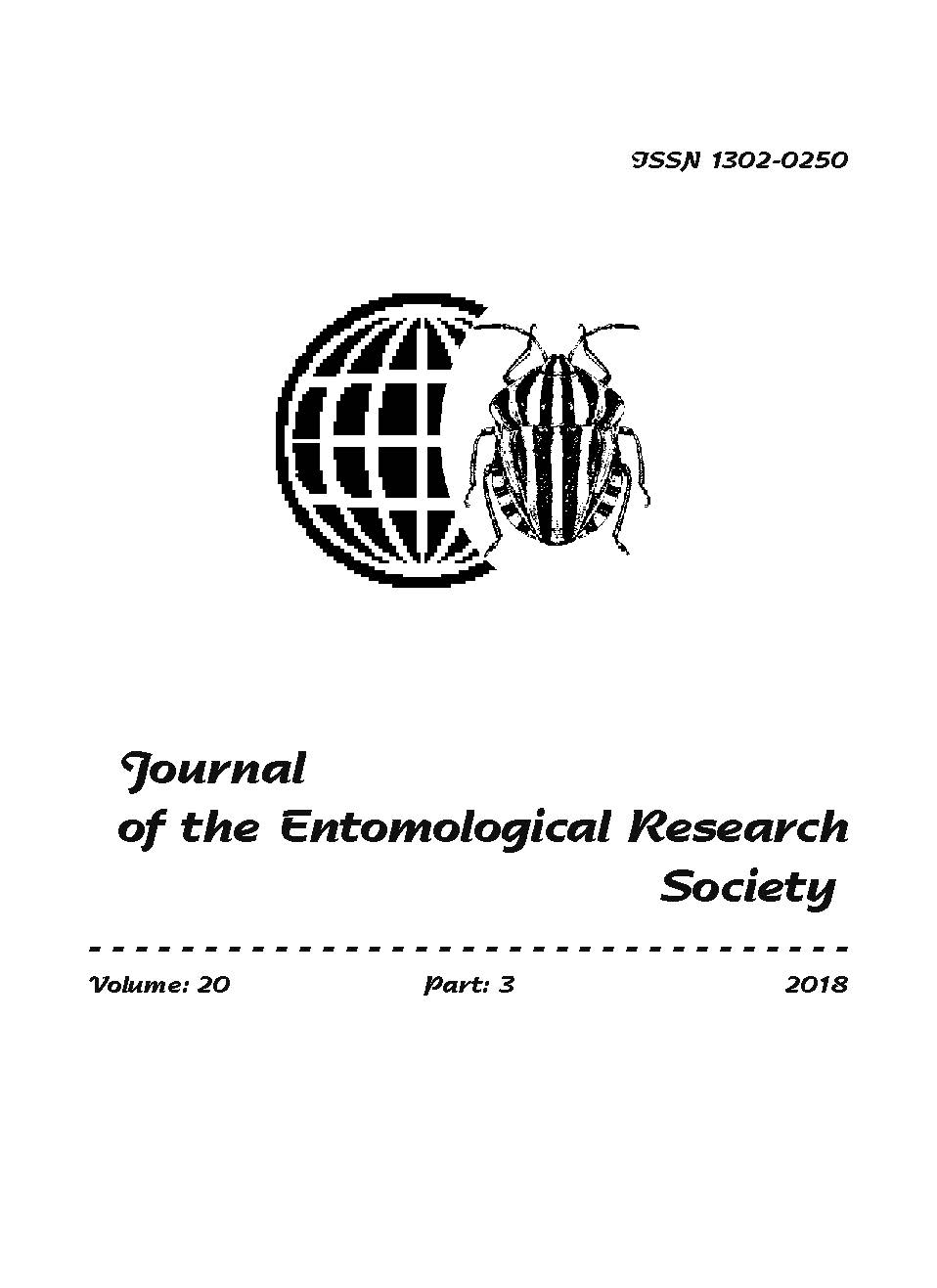Size of Interacting Resource-Host-Parasitoid Populations Influences Mass Rearing of Cotesia vestalis
Abstract
The importance of Cotesia vestalis (Haliday) has been well documented as one of the most significant biocontrol agents for the diamondback moth, Plutella xylostella (L.). The aim of the present study was to optimize the procedure of mass rearing of C. vestalis. The effects of space and plant-herbivore-parasitoid biomass on the quality of produced wasps were investigated. In particular, the effects of food and space resources of P. xylostella and C. vestalis on mass-reared C. vestalis were investigated. The results indicated that there was no significant difference between treatments for percentage parasitism, survival rate and larval developmental period of the produced wasps. However, developmental period of pupa, the ratio of female offsprings and sex ratio of the mass-reared wasps were significantly affected by the given treatments. Based on these findings, it can be concluded that the extent of available resources plays a crucial role in mass rearing of C. vestalis.


